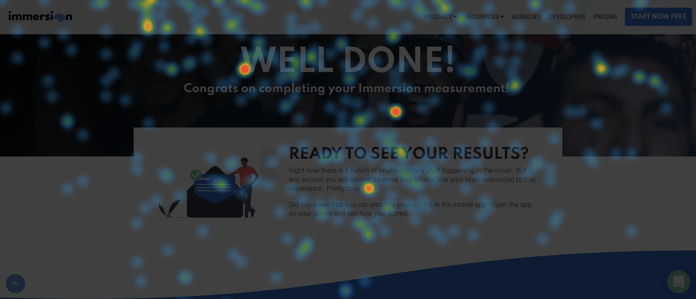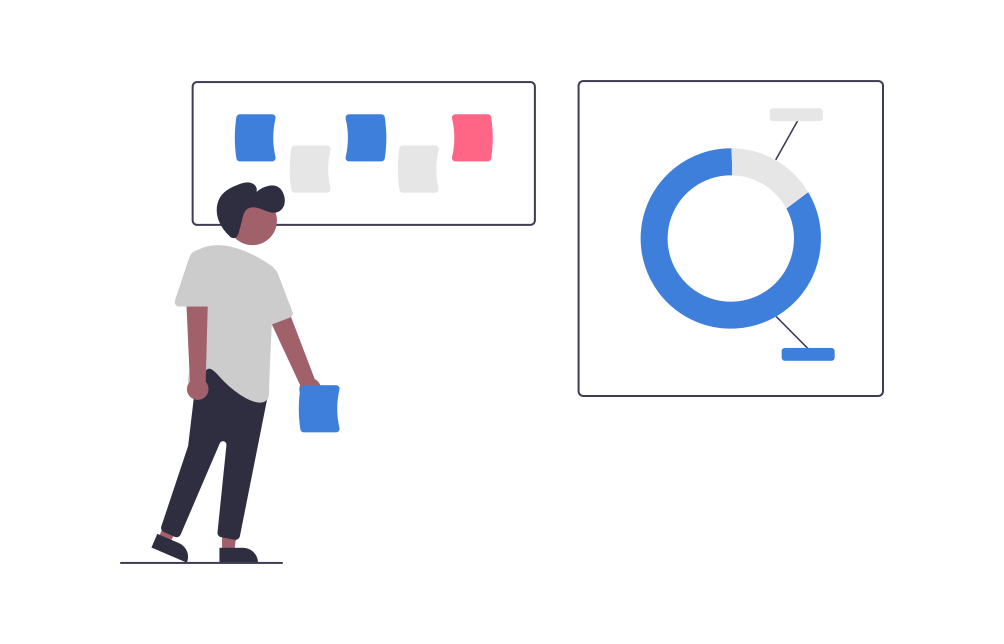The Drawback
While attention is an important element to understand in content creation, it is only a small part of the story. Eye tracking will not tell you whether or not those elements of attention have a positive or negative impact on the consumer or if their brain engages in a way that will drive future behavior or recall.
Eye tracking requires a trained professional to interpret the data and send you the results, which can take weeks.
Computer-mounted eye tracking cameras require collecting data in person, preventing this from being a truly scalable option.
Computer-mounted eye tracking cameras need good lighting, limited movements, creating a generally unnatural way of watching content.
All eye tracking technologies require constant recalibration to ensure the data is accurate and useable.
Face-mounted eye tracking glasses can be bulky and attract unwanted attention, making the experience less natural for the consumer.
Due to the challenges of using individual webcams, a good portion of webcam captured eye tracking data, must be thrown out due to factors that can affect data quality such as lighting, participant movement, and poor internet connectivity. This data loss requires companies to over-recruit.







